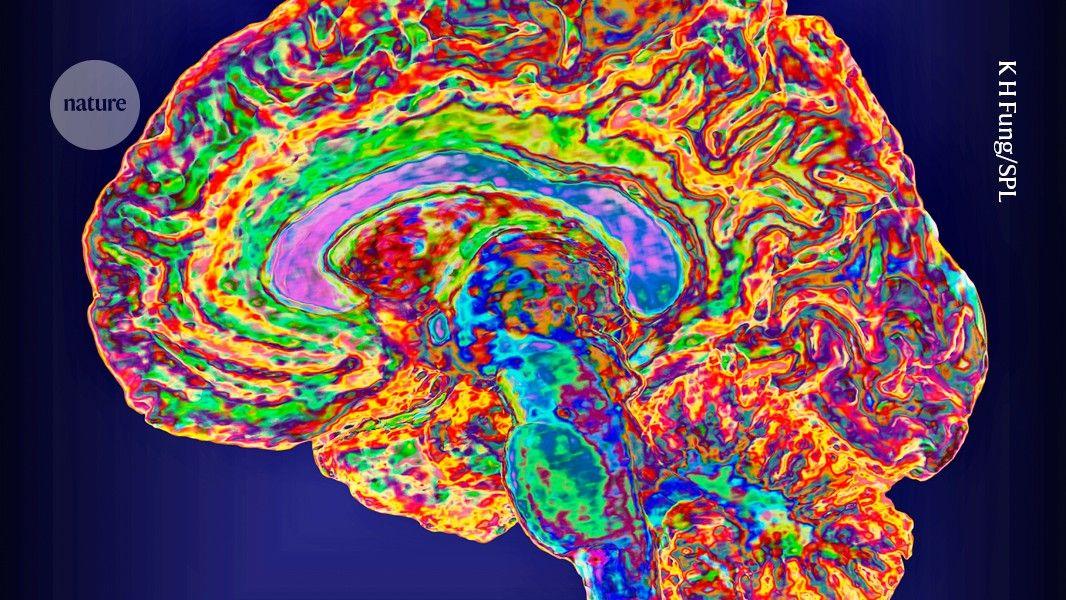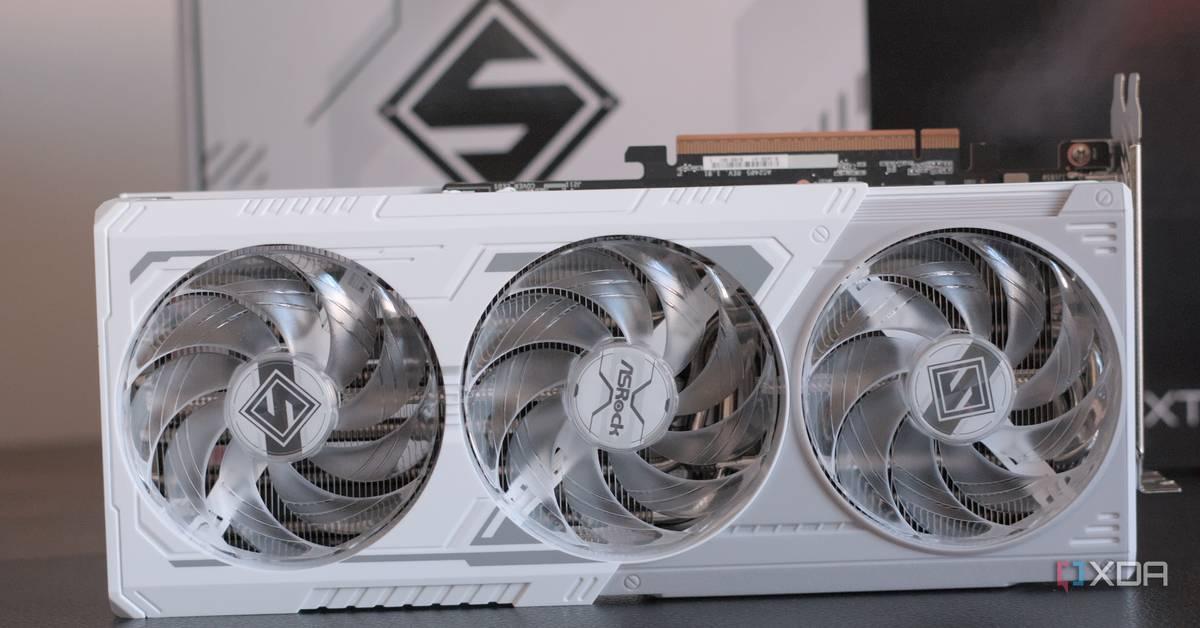E-Tattoo: A Breakthrough in Mental Workload Monitoring Raises Privacy Concerns
5 Sources
5 Sources
[1]
E-tattoos may tell us about overwork but what about our neurorights?
Many of us crave that cognitive sweet spot: having enough mental stimulation at work to keep us productively engaged, but not so much that we become overwhelmed. Now researchers claim to have developed a wireless, wearable "electronic tattoo" that estimates, in real time, how hard our brains are working. The readouts, using brainwaves and eye movements, could indicate when a person is becoming overloaded, with implications for cognitive performance. Overwork, fatigue, even boredom, can be a safety-critical issue for workers like pilots, surgeons and the military. But, with these readouts, employers will potentially gain access to the inner workings of employees' brains -- and there are no clear rules on who owns such "neurodata" and how it can be used. As researchers burrow into our brains, we risk racing headlong into a future where our inner lives are no longer ours alone. Headsets that measure brain waves (producing electroencephalograms, or EEGs) and eye movements (producing electrooculograms, or EOGs) already exist. These involve sticking electrodes to the head, to pick up the associated electrical activity. But the gear tends to be expensive, bulky and laden with wires. Innovative headbands, glasses and earbuds are easier to wear but these can move around on the skin, making electrode contact unreliable. Nanshu Lu and colleagues at the University of Texas, Austin, set out to overcome such hurdles. The result was "a wireless forehead EEG and EOG sensor designed to be as thin and conformable to the skin as a temporary tattoo sticker", they wrote last week in the journal Device. The "e-tattoo" looks like a large transparent plaster stuck on the forehead; the ultra-thin film is decorated with black patches and wavy lines feeding into a small blue square in the middle of the forehead. It is, essentially, a stick-on sensor and circuit board. Six volunteers wore the e-tattoo, customised to their facial contours; their brain activity and eye movements were tracked as they memorised sequences of letters appearing on a screen. As the team reports, the tasks increased in complexity and the data gathered, when put through a machine-learning model, could be used to gauge the mental exertion involved. Assessments of mental workload, including one developed by Nasa, typically rely on self-reported questionnaires, but these are subjective -- and completed after the event. That is why the researchers, who acknowledge support from the US Army Research Office, tout the device as a breakthrough: it is relatively cheap (starting at $200), scalable, objective and operates in real time, including when the user is moving around. But there are drawbacks: the device picks up only frontal brain activity; it only works well on hairless, sweat-free skin; and the lab tasks do not reflect true workplace demands. Even so, faster, cheaper neurotech will eventually arrive. That worries Stephen Damianos, executive director of the US-based Neurorights Foundation, which campaigns for such "neurorights" as the right to mental privacy. The organisation has assisted several territories in drafting neurorights legislation; it also champions a "technocratic oath" for researchers. There could be exciting safety benefits from cognitive monitoring, Damianos told me, but they are currently overshadowed by a host of factors: the lack of regulation; the spectre of coerced mental surveillance in the workplace; data breaches; neurodata being sold to advertisers or insurers; the use of AI algorithms to reveal more than the user intended. "Without clear protections . . . people might find themselves excluded from jobs, penalised by insurers, or monitored at work -- not for performance, but for what their brains reveal about their mental health, mood, fatigue and stress levels," Damianos says, stressing that measuring brain activity is not comparable to tracking step count or heart rate. Privacy is already a concern: a 2024 report on 30 neurotech companies found that most left consumers in the dark about who owned their brain data. We can and should learn from the plummeting fortunes of private DNA testing company 23andMe. The fate of genetic data collected from millions of customers remains unclear, with the information falling through regulatory gaps in many countries. Customers have reported difficulties deleting their data. Innovation has a habit of outpacing our willingness to think hard about its consequences. Our neurodata is personal data too -- and we all urgently need to put in the cognitive effort to plan ahead.
[2]
'E-tattoo' could track mental workload for people in high-stake jobs, study says
Scientists say device could alert workers such as pilots and healthcare staff when they are feeling the strain Whether it is doing sums or working out what to text your new date, some tasks produce a furrowed brow. Now scientists say they have come up with a device to monitor such effort: an electronic tattoo, stuck to the forehead. The researchers say the device could prove valuable among pilots, healthcare workers and other professions where managing mental workload is crucial to preventing catastrophes. "For this kind of high-demand and high-stake scenario, eventually we hope to have this real-time mental workload decoder that can give people some warning and alert so that they can self-adjust, or they can ask AI or a co-worker to offload some of their work," said Dr Nanshu Lu, an author of the research from the University of Texas at Austin, adding the device may not only help workers avoid serious mistakes but also protect their health. Writing in the journal Device, Lu and colleagues describe how using questionnaires to investigate mental workload is problematic, not least as people are poor at objectively judging cognitive effort and they are usually conducted after a task. Meanwhile, existing electroencephalography (EEG) and electrooculography (EOG) devices, that can be used to assess mental workload by measuring brain waves and eye movements respectively, are wired, bulky and prone to erroneous measurements arising from movements. By contrast, the "e-tattoo" is a lightweight, flexible, wireless device. The black, wiggly path of the e-tattoo is composed of a graphite-based conductive material, and is attached to the forehead using conductive adhesive film. Four square EEG electrodes, positioned on the forehead, each detect a different region of brain activity - with a reference electrode behind the ear - while rectangular EOG electrodes, placed vertically and horizontally around the eyes, provide data about eye movements. Each of the stretchable electrodes is coated in an additional conductive material. The e-tattoo, which is bespoke and disposable, is connected to a reusable flexible printed circuit using conductive tape, while a lightweight battery can be clipped to the device. After finding the e-tattoo worked as well as traditional EEG and EOG devices for monitoring brain waves and eye movements the team tested the technology on six participants. Each participant was shown a screen on which 20 letters flashed up, one at a time, at various locations. Participants were asked to click a mouse if either the letter itself, or its location, matched one shown a given number of letters (N) back. Each participant carried out the task multiple times, with the N value varying between 0 and 3 - corresponding to four levels of difficulty. The team found that as the task became harder, the different types of brainwave detected showed shifts in activity that corresponded to a greater mental workload. The team then fed the EEG and EOG data, together with the "N" numbers, into a machine-learning algorithm. After a training period, the researchers found the algorithm did better than chance at predicting the mental workload of a participant based on their EEG and EOG data alone. Lu said the full device -including chip and battery - was expected to cost less than $200 (£148). The team are now developing the approach so signals can be decoded by the device's microprocessor and sent to an app to alert the user if their mental workload is too high. But the remedy is not, necessarily, to switch to a simple task. "Previous studies indicated that the optimal mental performance occurs when the mental workload demand is not too low or too high," said Lu. "When it's too low, it's very boring, and the people will just lose focus."
[3]
Scientists Want You to Ink an Electronic Tattoo On Your Forehead So Your Boss Can Detect Your Mental State
Burned out but too anxious to admit it to your boss? Or are you just bad at knowing when to take a break? In either case, a new device could be just what you need -- if you're willing to rock some temporary face tats, and sacrifice your ever-diminishing privacy to some incredibly invasive-sounding tech. As detailed in a new study published in the journal Device, researchers in Texas have created a wireless and non-permanent "e-tattoo" that detects when your brain is overloaded by using a series of electrodes and a machine learning algorithm. This technology, the researchers believe, could be used to monitor professionals who work in high-stress, high-stakes fields, like pilots and healthcare workers, whose mistakes could have drastic consequences. "We've long monitored workers' physical health, tracking injuries and muscle strain. Now we have the ability to monitor mental strain, which hasn't been tracked," coauthor Luis Sentis, a professor of aerospace engineering at the University of Texas at Austin, said in a statement about the work. "This could fundamentally change how organizations ensure the overall well-being of their workforce." Accurately monitoring brain waves typically requires bulky headgear, like electroencephalography (EEG) caps, or brain caps. With their eyes on practicality, the researcher's device only needs a small battery pack -- placed smack dab in the middle of your forehead -- and a thin, transparent film containing electrodes that stick directly to your skin: the e-tattoo. Four of these electrodes detect activity in separate regions of the brain using EEG, in conjunction with a reference electrode behind the ear. Three more are used to detect eye movements -- a technique known as electrooculography (EOG) -- with one placed horizontally above the brow, one vertically on the side of one cheek, and one horizontally on the other cheek. To demonstrate that the device could accurately monitor brain activity, the researchers made six volunteers wear the e-tattoo while they took an increasingly difficult visual memory challenge. As it became harder for them to correctly recall what they were seeing, the researchers found that the sensors could detect distinct changes in the participants' brainwaves. This was helped by a key advantage that the e-tattoos have over traditional brain caps: their tailorability. "We measure participants' facial features to manufacture personalized e-tattoos to ensure that the sensors are always in the right location and receiving signals," coauthor Nanshu Lu, who leads a research group at UC Austin's aerospace engineer department, said in the statement. But detecting brain signals is one thing, and interpreting them is another. Preparatory to divining the stress levels in your gray matter, the team used the data they gathered to train a machine learning algorithm, which was able to predict a participant's mental workload more accurately than just by using the EEG and EOG data alone. It's far from being ready to hit the market, but Lu expects the entire device to cost less than $200 -- peanuts compared to the cost of EEG headgear, which can set you back tens of thousands of dollars. The next step? Tinkering with their device so it can pair up with an accompanying app that alerts you if you're getting too stressed out. Bzzt! "Eventually we hope to have this real-time mental workload decoder that can give people some warning and alert so that they can self-adjust, or they can ask AI or a co-worker to offload some of their work," Lu told the Guardian. But really we shouldn't need to say that the idea of asking an AI to take over your work is pretty questionable, especially since this device is being hyped up to one day be used by people who fly airliners or put you under the knife. And while there's no denying that many of us place too much stress on ourselves in our professional lives, it's impossible to overlook how this tech could be abused by employers. That said, the platform be a potential game-changer in making cheap EEG tech, with a whole bunch of promising medical applications. Let's just hope it isn't all in service of hooking us up to the corporate brain surveillance network.
[4]
Burning out? An e-tattoo can track mental strain
Ever thought so long and hard on a problem that your forehead grew hot, your brain became frazzled and your eyes grew bleary? A new temporary tattoo can help measure that sort of mental strain, researchers report. The wireless forehead electronic tattoo decodes brainwaves to measure mental strain and potential burnout without bulky headgear, researchers reported today in the journal Device. This e-tattoo could help improve safety among folks in jobs that require constant focus, like air traffic controllers or truckers, researchers said. "We've long monitored workers' physical health, tracking injuries and muscle strain," researcher Luis Sentis, a professor of engineering at the University of Texas at Austin, said in a news release. "Now we have the ability to monitor mental strain, which hasn't been tracked," he continued. "This could fundamentally change how organizations ensure the overall well-being of their workforce." There's a cognitive "Goldilocks zone" for humans, where they perform best when they're neither overwhelmed nor bored, researchers said in background notes. "There is an optimal mental workload for optimal performance, which differs from person to person," senior researcher Nanshu Lu, a professor of engineering at the University of Texas at Austin, said in a news release. The wireless e-tattoo consists of a lightweight battery back and paper-thin sticker-like sensors, researcher said. The sensors feature wavy loops and coils, which allows them to stretch and conform to a person's forehead for a clearer signal. The tattoo analyzes electrical activity from the brain much in the way that electroencephalography (EEG) caps do -- only better, researchers said. "What's surprising is those caps, while having more sensors for different regions of the brain, never get a perfect signal because everyone's head shape is different," Lu said. "We measure participants' facial features to manufacture personalized e-tattoos to ensure that the sensors are always in the right location and receiving signals." Researchers tested the e-tattoo on six people who completed a memory challenge that increased in difficulty. The tattoo captured increased theta and delta brainwave activity, which indicates cognitive demand, as well as decreasing alpha and beta brainwave activity indicating mental fatigue. Combined, these brainwave readings can show when the brain is struggling, researchers said. Researchers also trained an artificial intelligence (AI) program to predict a person's mental strain based on signals from the e-tattoo. The AI was able to distinguish between different levels of mental workload and predict when a person's brain was apt to pop. The e-tattoo is designed to be low-cost -- its chips and battery pack cost about $200, while disposable sensors are about $20 each. That's a steal compared to the $15,000 price tag for conventional EEG equipment, researchers said. "Being low cost makes the device accessible," Sentis said. "One of my wishes is to turn the e-tattoo into a product we can wear at home." Currently, the e-tattoo only works on hairless skin, but researchers are working to combine it with ink-based sensors that can work on a hairy scalp. This will allow for full head coverage and more comprehensive brain monitoring, researchers said.
[5]
Burning Out? An E-Tattoo Can Track Mental Strain
By Dennis Thompson HealthDay ReporterTHURSDAY, May 29, 2025 (HealthDay News) -- Ever thought so long and hard on a problem that your forehead grew hot, your brain became frazzled and your eyes grew bleary? A new temporary tattoo can help measure that sort of mental strain, researchers report. The wireless forehead electronic tattoo decodes brainwaves to measure mental strain and potential burnout without bulky headgear, researchers reported today in the journal Device. This e-tattoo could help improve safety among folks in jobs that require constant focus, like air traffic controllers or truckers, researchers said. "We've long monitored workers' physical health, tracking injuries and muscle strain," researcher Luis Sentis, a professor of engineering at the University of Texas at Austin, said in a news release. "Now we have the ability to monitor mental strain, which hasn't been tracked," he continued. "This could fundamentally change how organizations ensure the overall well-being of their workforce." There's a cognitive "Goldilocks zone" for humans, where they perform best when they're neither overwhelmed nor bored, researchers said in background notes. "There is an optimal mental workload for optimal performance, which differs from person to person," senior researcher Nanshu Lu, a professor of engineering at the University of Texas at Austin, said in a news release. The wireless e-tattoo consists of a lightweight battery back and paper-thin sticker-like sensors, researcher said. The sensors feature wavy loops and coils, which allows them to stretch and conform to a person's forehead for a clearer signal. The tattoo analyzes electrical activity from the brain much in the way that electroencephalography (EEG) caps do -- only better, researchers said. "What's surprising is those caps, while having more sensors for different regions of the brain, never get a perfect signal because everyone's head shape is different," Lu said. "We measure participants' facial features to manufacture personalized e-tattoos to ensure that the sensors are always in the right location and receiving signals." Researchers tested the e-tattoo on six people who completed a memory challenge that increased in difficulty. The tattoo captured increased theta and delta brainwave activity, which indicates cognitive demand, as well as decreasing alpha and beta brainwave activity indicating mental fatigue. Combined, these brainwave readings can show when the brain is struggling, researchers said. Researchers also trained an artificial intelligence (AI) program to predict a person's mental strain based on signals from the e-tattoo. The AI was able to distinguish between different levels of mental workload and predict when a person's brain was apt to pop. The e-tattoo is designed to be low-cost -- its chips and battery pack cost about $200, while disposable sensors are about $20 each. That's a steal compared to the $15,000 price tag for conventional EEG equipment, researchers said. "Being low cost makes the device accessible," Sentis said. "One of my wishes is to turn the e-tattoo into a product we can wear at home." Currently, the e-tattoo only works on hairless skin, but researchers are working to combine it with ink-based sensors that can work on a hairy scalp. This will allow for full head coverage and more comprehensive brain monitoring, researchers said.
Share
Share
Copy Link
Researchers develop a wireless, wearable e-tattoo that can measure mental workload in real-time, potentially revolutionizing workplace safety but raising questions about privacy and data ownership.
Innovative E-Tattoo Technology for Mental Workload Monitoring
Researchers at the University of Texas, Austin, have developed a groundbreaking "electronic tattoo" capable of estimating real-time mental workload. This innovative device, described in the journal Device, represents a significant advancement in wearable technology for cognitive monitoring
1
.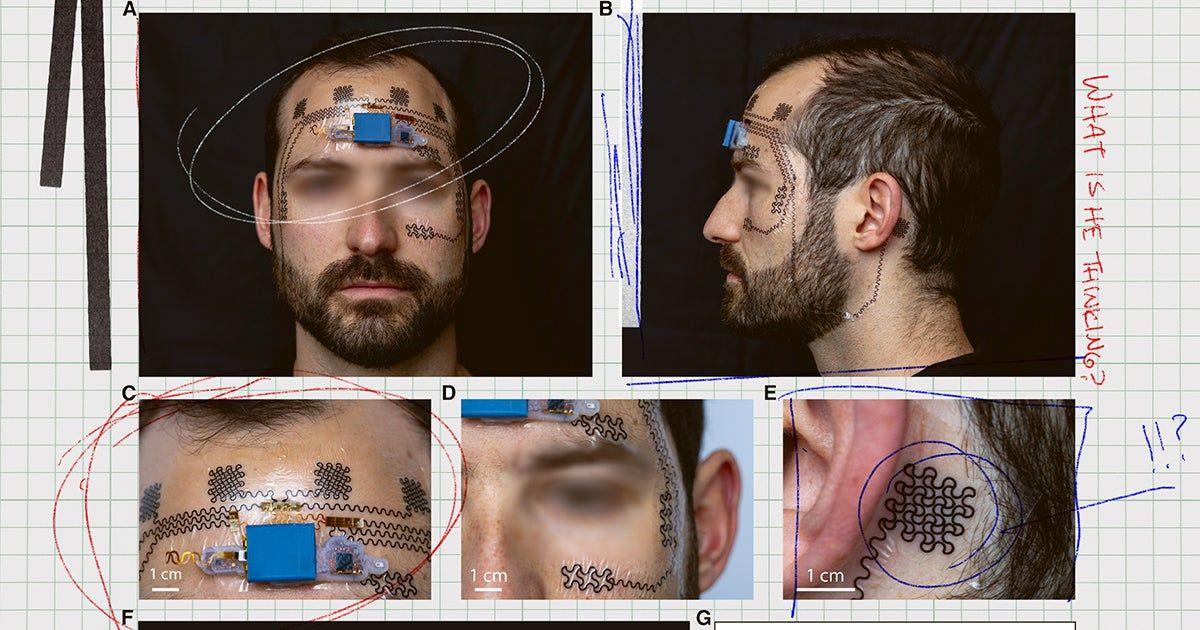
Source: Futurism
How the E-Tattoo Works
The e-tattoo is a wireless, ultra-thin film that adheres to the forehead like a temporary tattoo sticker. It incorporates:
- Four square EEG electrodes on the forehead for brain activity detection
- Rectangular EOG electrodes around the eyes for eye movement tracking
- A reference electrode behind the ear
- A small battery pack and flexible printed circuit
The device uses a graphite-based conductive material and is customized to fit individual facial contours
2
.Testing and Performance
Researchers tested the e-tattoo on six volunteers who performed memory tasks of increasing complexity. The device successfully tracked changes in brainwave activity corresponding to mental workload. A machine learning algorithm was then trained to predict mental strain levels based on the collected EEG and EOG data
3
.Potential Applications and Benefits
The e-tattoo technology could have significant implications for professions where managing mental workload is crucial, such as:
- Pilots
- Air traffic controllers
- Healthcare workers
- Military personnel
By providing real-time alerts about cognitive overload, the device could help prevent mistakes and protect workers' health
4
.Advantages Over Existing Technologies
Compared to traditional EEG equipment, the e-tattoo offers several benefits:
- Wireless and lightweight design
- Lower cost (approximately $200 for the full device)
- Customizable to individual facial features
- Ability to function during movement
These advantages make the e-tattoo more practical for real-world applications than existing bulky and expensive EEG headsets
5
.Related Stories
Privacy Concerns and Ethical Considerations
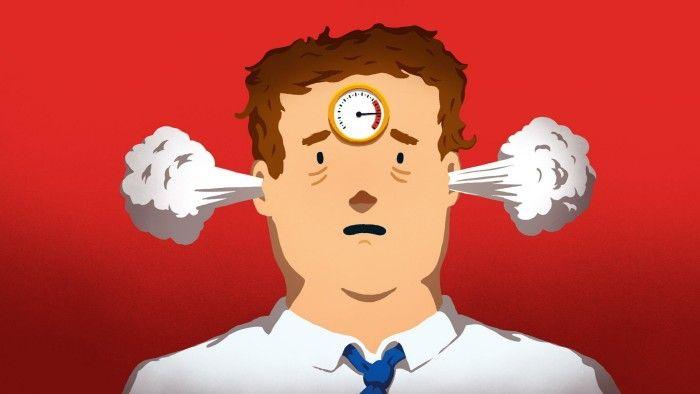
Source: FT
The development of this technology raises important questions about privacy and data ownership. Stephen Damianos, executive director of the Neurorights Foundation, expresses concerns about:
- Lack of regulation for neurodata
- Potential for coerced mental surveillance in workplaces
- Data breaches and unauthorized access to sensitive information
- Sale of neurodata to advertisers or insurers
These issues highlight the need for clear protections and regulations surrounding the collection and use of brain data
1
.Future Developments and Challenges
Researchers are working on improving the e-tattoo technology, including:
- Developing an app to provide real-time alerts about high mental workload
- Creating ink-based sensors for use on hairy scalps
- Expanding coverage for more comprehensive brain monitoring
However, challenges remain, such as the device's current limitation to hairless skin and the need to address privacy concerns before widespread adoption
4
.As this technology continues to evolve, it is crucial for society to engage in thoughtful discussions about the ethical implications and necessary safeguards for neurodata collection and use. The e-tattoo represents a significant step forward in cognitive monitoring, but its implementation must be balanced with robust protections for individual privacy and data rights.
References
Summarized by
Navi
[3]
[4]
[5]
Related Stories
Neurables Launches Brain-Tracking Headphones to Boost Focus and Combat Burnout
24 Sept 2024

Brain Implants Decode Inner Speech: Medical Breakthrough Raises Ethical Concerns
31 Aug 2025•Technology

Revolutionary Emotion-Sensing Sticker Unveils True Feelings, Promising Advancements in Mental Health Care
22 Apr 2025•Science and Research
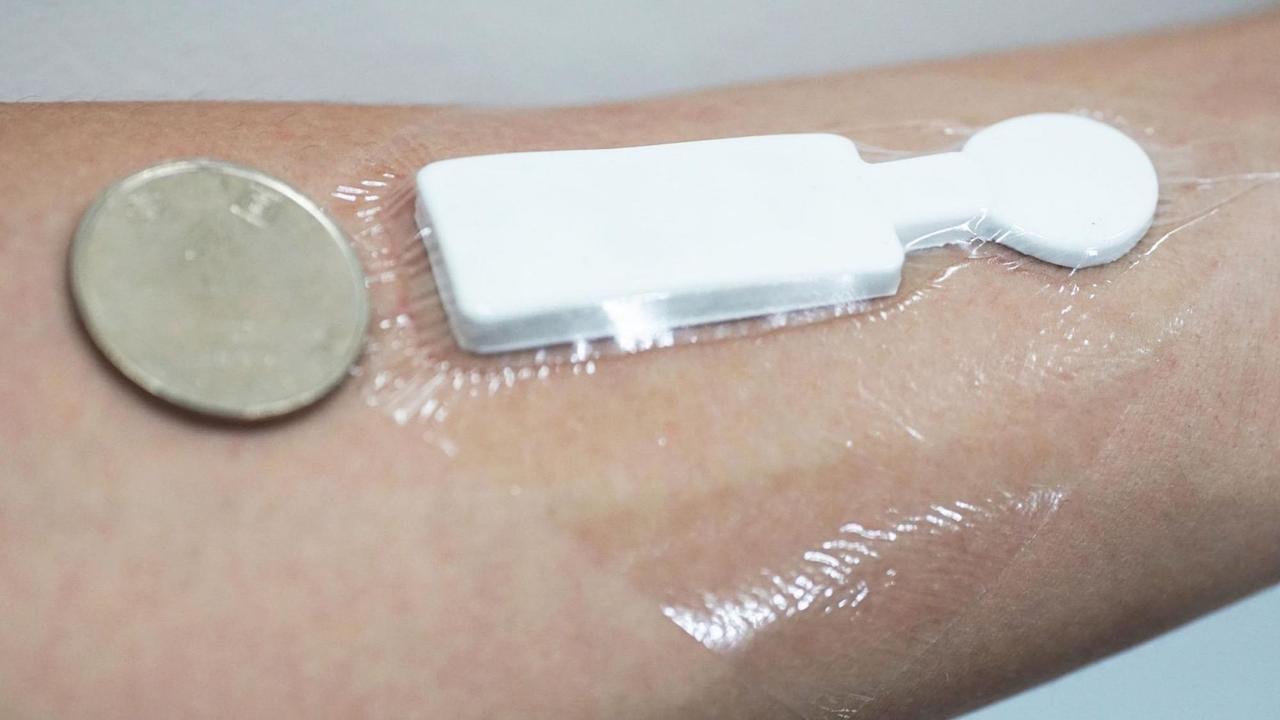
Recent Highlights
1
AI Chatbots Sway Voters More Effectively Than Traditional Political Ads, New Studies Reveal
Science and Research

2
Google AI glasses set to launch in 2026 with Gemini and Android XR across multiple partners
Technology
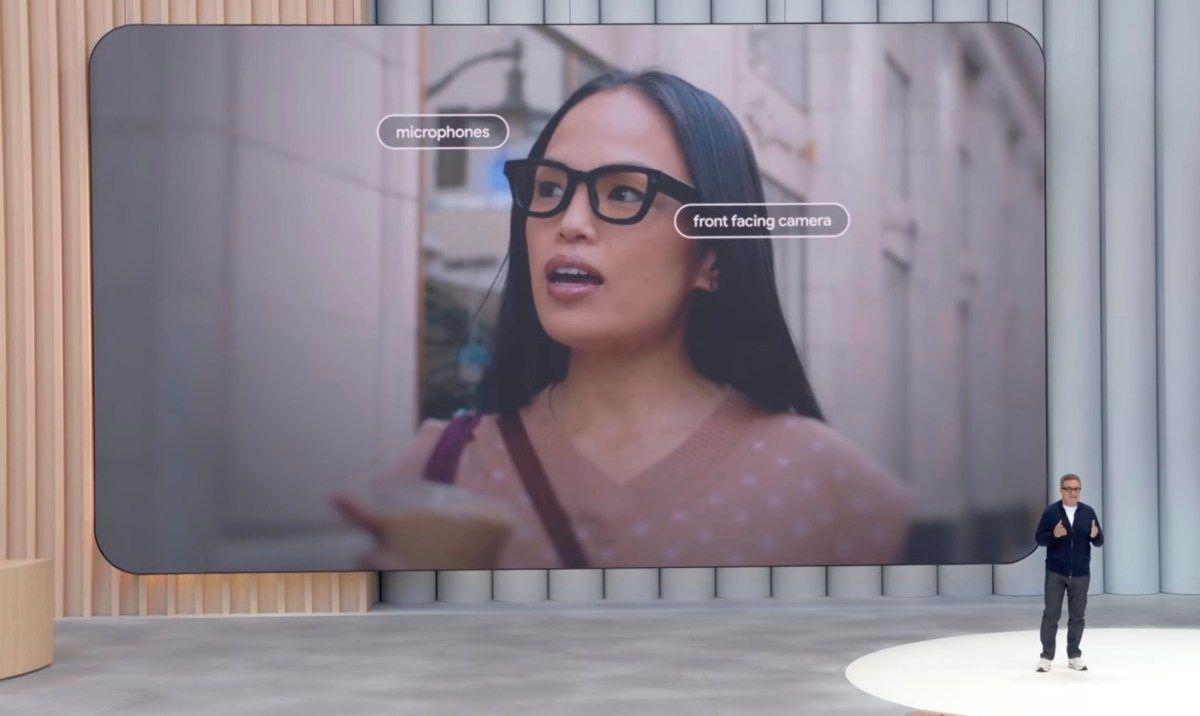
3
EU Launches Antitrust Probe Into Google's AI Training Practices and Content Usage
Policy and Regulation

